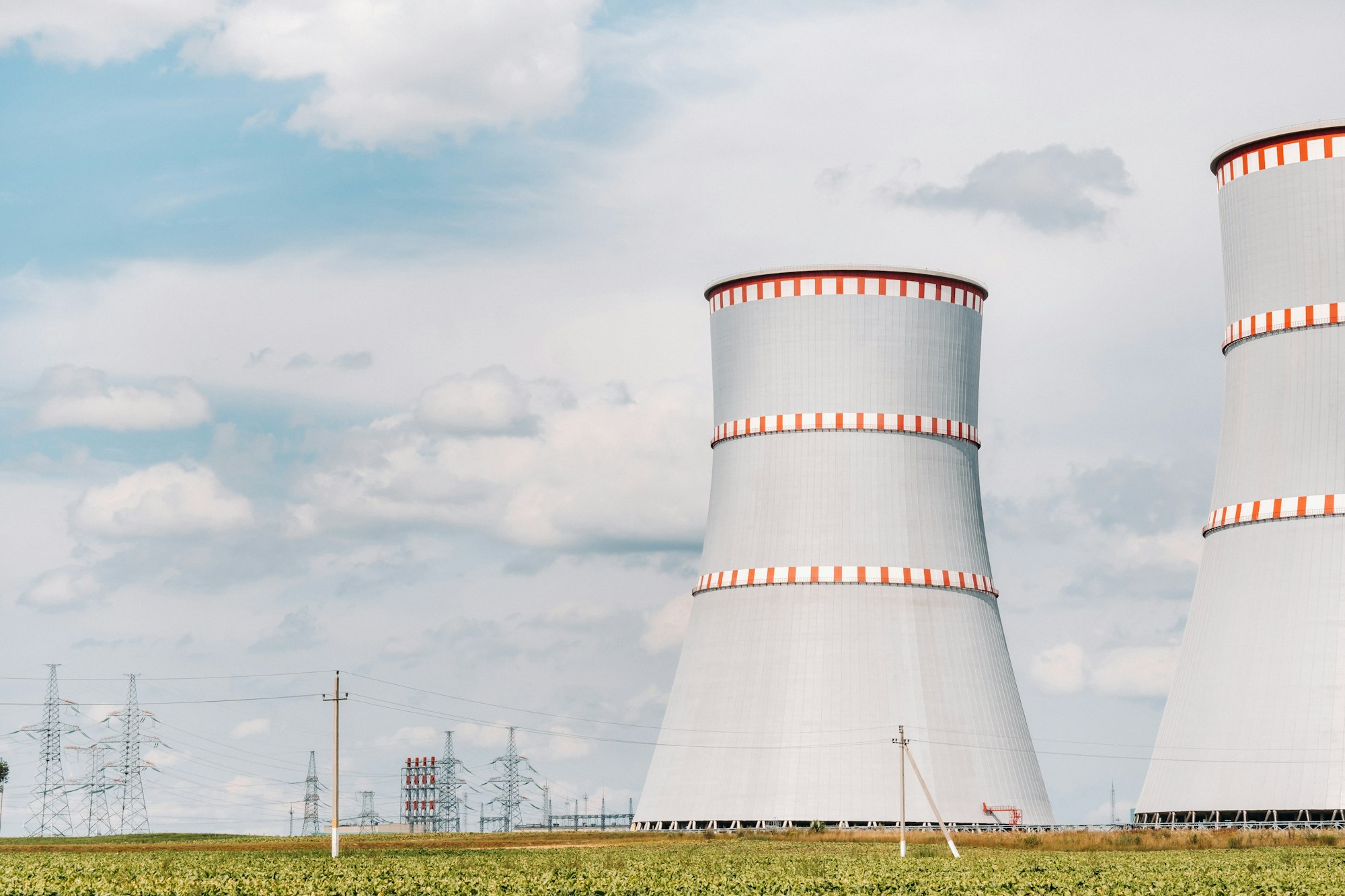AI’s Big Appetite for Power
How AI Devours Electricity
AI is getting smarter and more complex, which means it needs more power to work. Even though many people think AI can help save the planet, it’s also creating a big carbon footprint. That’s because AI needs a lot of electricity to run and get better.

Nuclear Fusion: The Dream Solution
Sam Altman, the boss of OpenAI, thinks nuclear fusion could fix AI’s growing need for power. Nuclear fusion is a clean and endless source of energy that could support the massive energy needs of future AI without harming the planet. This idea shows a commitment to keeping development sustainable while looking ahead at how tech uses energy.
Can Nuclear Fusion Really Work?
Where We Stand with Nuclear Fusion
Nuclear fusion sounds great because it’s clean and doesn’t leave harmful waste behind. But, turning it into a real power source we can use every day is still a long way off. Experts say it might take many years before nuclear fusion can help with AI’s energy problem.
What We Can Do Now
Since nuclear fusion isn’t ready yet, we need to think about using other clean energy sources like nuclear fission (a different kind of nuclear power) or renewable energy. These are good options that can help the AI industry grow without making climate change worse.
The Bigger Picture of AI’s Energy Hunger
Looking for Green Energy
The more power AI needs, the harder it is to make sure all that electricity comes from renewable sources. As the world tries to use more electric stuff and less gas or oil, finding enough clean energy for everything, including AI, is a big challenge.
AI as a Force for Good
Even though AI uses a lot of energy, it can also help fight climate change. AI can predict the weather better, track pollution, and make things more energy-efficient. So, AI has a big role to play in keeping the planet healthy.
Finding the Right Balance
More Efficiency Could Mean More Use
Making AI more energy-efficient sounds good, but it might lead to using AI even more, which could cancel out the benefits. It’s like when phones got better at using less power, people just used them more.
Making Rules for AI
Governments are starting to pay attention to how AI affects the environment. They want companies to be more open about how much energy their AI uses and how it might help or hurt the planet. Moving forward, it’s important to think about AI’s impact on the environment in a balanced way.
Let’s dive into how AI’s need for more and more energy relates to the dream of using nuclear fusion as a green energy source. We’ll look at the current challenges, other options for clean energy, and how AI’s thirst for power affects our planet.

FAQs on AI’s Energy Consumption and Nuclear Fusion
1. Why does AI require so much electricity?
AI systems, especially as they grow more complex, need a lot of computing power. This computing power requires significant amounts of electricity to process the vast amounts of data AI algorithms use to learn and make decisions. As AI technologies advance, their energy requirements increase due to the complexity of tasks they perform.
2. What is nuclear fusion, and why is it considered a solution for AI’s energy needs?
Nuclear fusion is a process that generates energy by fusing together light atoms, such as hydrogen, to form heavier atoms, like helium. This process releases a tremendous amount of energy, much like the sun generates its power. It’s considered a potential solution for AI’s energy demands because it could provide a virtually unlimited, clean source of energy with minimal environmental impact.
3. Are there any immediate alternatives to nuclear fusion for powering AI?
Yes, while nuclear fusion is still under development, immediate alternatives include renewable energy sources like solar, wind, and hydroelectric power, as well as nuclear fission, which is already used widely. These sources can provide cleaner energy options to support the growing energy demands of the AI industry in the near term.
Sources CNN


